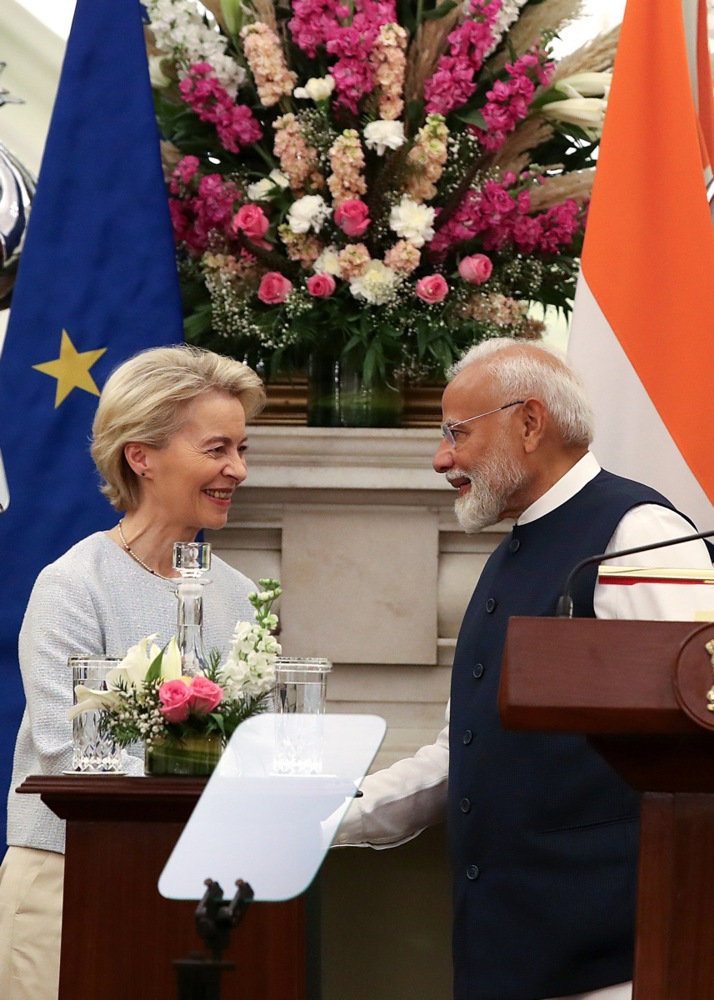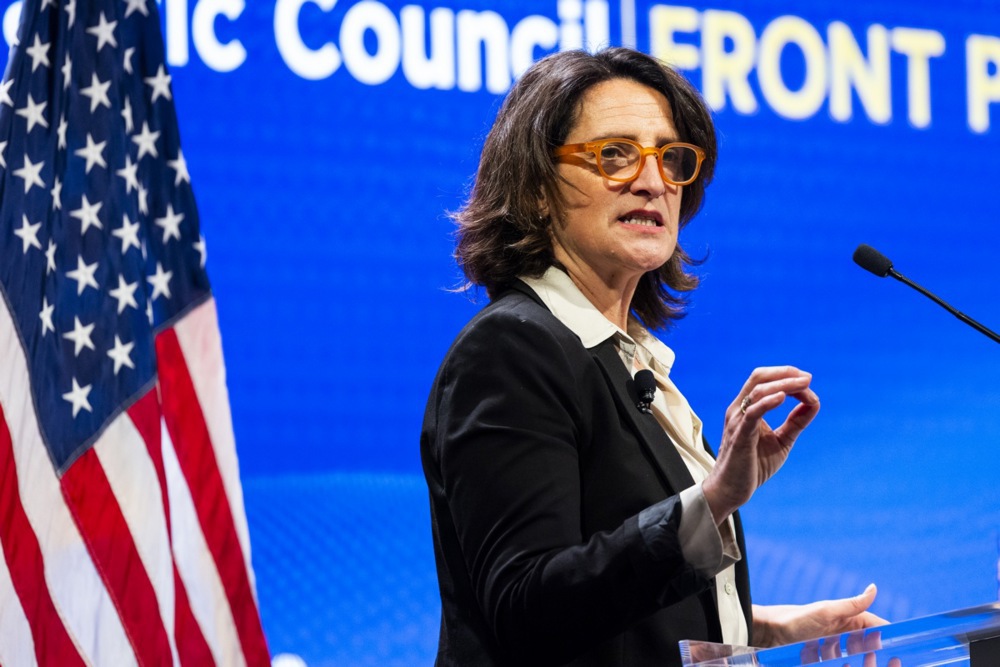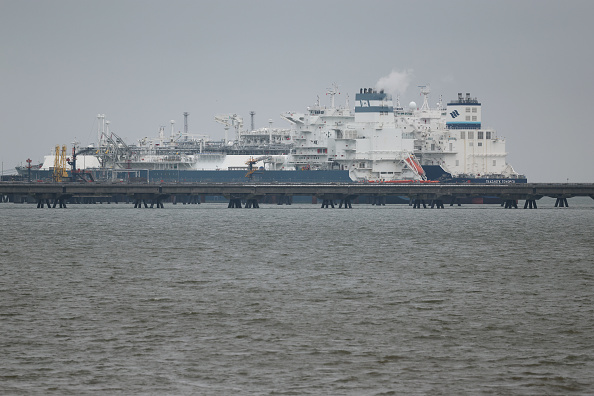While the European Commission’s proposed Critical Medicines Act was welcomed for aiming to strengthen supply chains, member state officials and industry experts warned at a conference on April 30 that without clear prioritisation, sufficient funding and international co-ordination, the Act risked becoming a fragmented, under-resourced patchwork of initiatives that failed to deliver real resilience.
EU officials focused on building stronger partnerships and better co-ordination across borders but many experts warned that the real danger lay closer to home: Too many overlapping initiatives, unclear responsibilities and not enough focus on fixing what was already broken.
The European Policy Centre, a Brussels-based think-tank, hosted a conference on open economic security in the area of critical medicines on 30 April.
The meeting centred on the EC’s newly proposed Critical Medicines Act (CMA), introduced on March 11, 2025 and anchored in the Competitiveness Compass, the European Semester and NextGenerationEU frameworks.
The Competitiveness Compass was the EU’s new tool for measuring and steering industrial performance; the European Semester was its annual cycle of economic policy coordination; and NextGenerationEU was the €800 billion recovery fund aimed at boosting resilience and sustainable digital transitions.
The CMA would establish a legal framework to monitor and shore up the production, stockpiling, procurement and cross-border distribution of a predefined list of “critical” medicines, using mandatory reporting, fast-track permitting, administrative support and joint-purchasing tools.
At the event, EC officials pointed to international partnerships and shared governance as key pillars of the Act.
Member state officials and industry experts, though, warned that in practice, the tools risked repeating existing problems: Overlapping procedures, mismatched priorities and funding constraints.
“We try to not duplicate and focus the efforts where really needed,” said Bruno Gautrais, head of unit for medical products at the EC’s Directorate-Generale for Health and Food Safety (DG SANTE).
Gloria Ghéquière, Deputy Head of Cabinet of the Minister of Health Frank Vandenbroucke, said: “The money foreseen at EU level is not adequate.”
She warned that existing EU instruments were not foreseen for structural problems in the chain, such as manufacturing dependency, opaque data and lack of co-ordination but for “innovative and green” projects.
On that topic, Gautrais said the CMA aimed to redirect existing EU funds through fast-tracked state aid and streamlined procedures but acknowledged the limits: “We have to live with existing monetary constraints.”
Speakers described a fragile and poorly mapped supply chain. Shortages were driven by a mix of factors: Manufacturing bottlenecks, low profitability for essential generics, unpredictable spikes in demand and over-reliance on a few suppliers.
Up to 60 per cent of disruptions stemmed from quality issues rather than demand surges. With critical materials sourced globally and no EU-wide tracking system, even small shocks — such as a packaging delay or a factory closure – could cascade across borders.
The deeper concern, though, shared across institutions, governments and industry, was that the CMA risked becoming just another policy layer, introducing obligations and tools that sit atop, rather than integrate with, existing structures, while failing to address the core vulnerabilities of Europe’s pharmaceutical system.
The EU is among the world’s top pharmaceutical exporters, yet has remained deeply dependent on a handful of third countries for key components.
“Over 75 per cent of APIs [Active Pharmaceutical Ingredients] for generics come from India and China,” said Lorena Boix Alonso, Deputy Director-General at DG SANTE, pointing to the EU’s apparent inability to trace where and how many medicines were actually made.
That opacity was not theoretical. Enrico Baraldi, chair of marketing at Uppsala University in Sweden, recounted how a Chinese factory explosion exposed Europe’s sole dependency on one site for a key antibiotic.
“We don’t know who’s producing what until something explodes,” he said, stressing that registration files often did not reflect real production chains.
Observers have said Europe’s digital regulation efforts have produced overlapping mandates and institutional confusion without delivering clarity or competitiveness.
Trade tensions added further complexity. The pharmaceutical supply chain — once treated as a commercial issue — was now viewed as a security risk by the US.
Thibaut L’Ortye, senior director of public affairs at AmCham EU, the body representing US companies operating in Europe, warned that mindset could backfire. He said US companies did not consider pharmaceutical imports from the EU as a threat at all.
“American firms are major investors in European pharma manufacturing”, he said, adding they often used the EU as a platform to serve global markets.
“Supply is not powered by governments but by businesses,” he said. “Localisation requirements sound good but risk disrupting functioning supply chains and increasing vulnerability.”
He cautioned that policies built on mistrust or inward-looking trade logic ignored the complex, transnational nature of pharmaceutical production, where no single country could realistically produce all components of any given medicine.
As the US has threatened tariffs on pharmaceutical imports and proposed new investment controls on API production.
Elena Kamilarova-Alomar, Policy Officer for Technology and Security with DG TRADE, confirmed that pharma was now part of the EU’s security agenda, alongside energy and critical raw materials.
Real diversification was difficult, though. Trade talks with countries including India have dragged on for years and struggled to address sensitive issues such as inspection rights or export restrictions.
Ghéquière warned that Europe could not count on unpredictable global partners and that international co-operation must be strategic, not rhetorical.
“We are living in a world that is unsafe,” she said. “Trade doesn’t fix everything. Co-operation does — with countries that want to work with you, clearly and predictably.”
Even within Europe, market failures persisted. Some medicines on the EU’s “critical” list were not available in smaller member states because demand was too low to attract suppliers.





